Statement: Bank of Ghana reacts to Fitch
- Posted on
- Comment
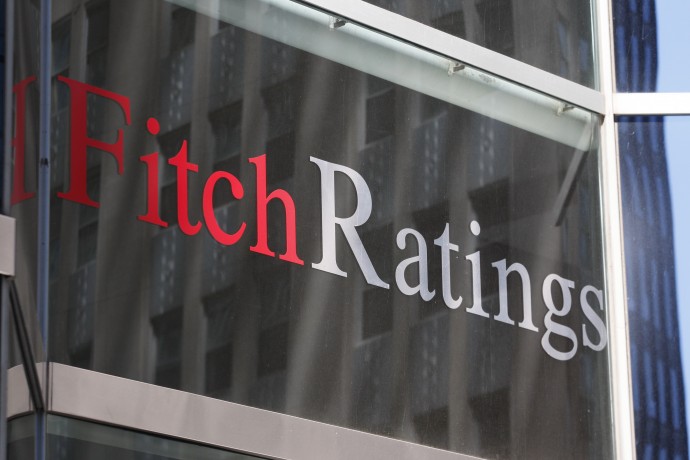 The issuance of currency by the Bank of Ghana is not to finance the government deficit, but to support general economic activity, the Central Bank has maintained.
The issuance of currency by the Bank of Ghana is not to finance the government deficit, but to support general economic activity, the Central Bank has maintained.
In a statement to react to claims by rating agency Fitch that the Bank of Ghana is printing money to finance government’s deficit, the bank said it prints currency once a year, usually in the fourth quarter, when demand for cash is highest, to cover cocoa purchases and Christmas activities.
Below is the statement
RE: FITCH REPORT ON COUNTRY RATING
1. A recent report on Ghana by Fitch stated that the Bank of Ghana was printing money to finance the government’s budget deficit, threatening to fuel inflation and weaken the currency.
2. The report further stated that the first-quarter budget deficit of 2.1 percent of GDP was financed by the central bank, which provided funding equivalent to 10 percent of government revenue, twice the Bank’s own full year limit.
3. The report has since generated anxiety among the public and the investor community. Moreover, an impression has been created that the Bank of Ghana was literally ‘printing money’ to finance the government budget deficit.
4. In order to clarify issues, the Bank of Ghana will like to state the following, that:
a. There are seasonalities in government revenue flows, such that usually in the first and second quarters, government receipts fall short of expenditures as happened in the first quarter of this year. Data shows that government receipts pick up in the second half of the year and thus enables government to reduce its borrowings from the domestic sector.
b. In circumstances when government receipts fall short of expenditures, the Bank of Ghana Act, 2002 (Act 612) permits financing of government deficits from both domestic and international sources.
Specifically, the Act provides a framework within which the Bank can make advances to government, or what is technically known as ‘money printing’.
2
c. Section 30(1)(a) of Act (612) states that, “the Bank can make advances and loans to Government on overdraft or in any other form that the Board may determine”.
d. Section 30 (2) further states that, “the total of the loans, advances, purchases of treasury bills and securities together with money borrowed by the Government from other banking institutions and the public at the close of a financial year under subsection (1) shall not exceed 10 percent of the total revenue of the fiscal year in which the advances were made”.
e. The above provisions of the Act therefore permit the central bank and others to lend to government, and this limit is monitored periodically but assessed at the end of the fiscal year.
5. The Bank of Ghana prints currency once a year, usually in the fourth quarter, when demand for cash is highest, to cover cocoa purchases and Christmas activities. The issuing of currency by the Bank of Ghana is therefore not to finance the government deficit, but to support general economic activity.
6. In the particular case mentioned in the Fitch report, it is true that the Bank of Ghana lent to government to finance the budget deficit during the first quarter of the year. However, this is consistent with the provisions in the Act.
7. To mitigate the potential inflationary impulses, including those from central bank lending to finance the deficit, and to enable the Bank of Ghana deliver on its price stability target, monetary policy has been tightened in 2014 by:
a. Increasing the policy rate by 200 basis points,
b. Increasing the cash reserve requirements of banks from 9 percent to 11 percent, and
c. Reducing the single currency net open position (NOP) of banks from 10 percent to 5 percent and the aggregate net open position from 20 percent to 10 percent.
Consequently, recent data from the Ghana Statistical Service has revealed a slowdown in the pace of inflation.
8. The Bank will continue to monitor performance and ensure compliance of the relevant provisions of the Act.
-joynews
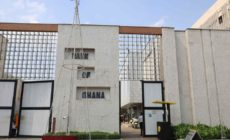
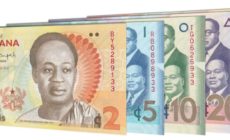
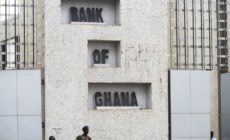
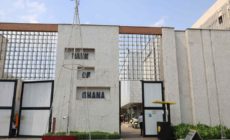






 (Selorm) |
(Selorm) |  (Nana Kwesi)
(Nana Kwesi)